An issue that can be encountered using the
HDR online page is that of
blue areas appearing at windows or areas directly illuminated by the windows when taking pictures
of interiors.
The problem derives from the fact that the affected areas are illuminated by a light of temperature much higher than that
which illuminates the remaining parts of the scene. In this way, by setting the light temperature in a correct way
for most parts of the scene, in such parts the light temperature will be much too low, and this leads to
a clear deviation towards blue.
The anti-blue-drift filter has the function of preventing or reducing this phenomenon.
It is based on the analysis of the overexposed photo. Based on the brightness of its pixels, a multiplier factor < 1 is applied
to the blue component of the corresponding pixels in the less exposed images. If three photos are used it is possible
choose for each of the two other photos a different multiplier factor (tendentially a smaller multiplier value
in the underexposed picture and a larger one for the intermediate image). It should be considered that the multiplicative factor used
is given by 1 minus the number entered. So the number you enter indicates which fraction of the blue component you want to remove from the pixel.
For example, entering 0.3 the multiplicative factor will be equal to 0.7, ie if the pixel in the underexposed or intermediate image
is defined by rgb (120, 100, 90), it would become rgb (120, 100, 63).
However, the system is more complex, because in addition to the factor described above, there is also a second factor (the decisive factor, in fact)
which serves to relate the effect applied to the brightness of the overexposed picture. This factor is given by (1 - (Luminosity / 442)
14),
where Luminosity corresponds to (r
2 + g
2 + b
2)
1/2. This parameter, a function of lightness, has the characteristic
to go quickly to zero as soon as you move from the maximum possible brightness (equal to rgb (255,255,255)).
In the previous case we would therefore have that the final blue component would not be 63, but a larger value, depending on the brightness of the corresponding pixel
in the overexposed image.
One can imagine a practical case consisting of a dark room in which a window sends a rather intense light onto a part of a wall.
In the overexposed image this area of the wall will be mostly with brightness at the maximum or almost at the maximum. In this area, therefore, to the information
coming from the underexposed image (and possibly also from the medium exposed image) the antiblu filter will be applied in
its maximum intensity. In areas not illuminated directly from the window, where only ambient lighting is present, much colder and less intense, typically,
the filter will have no effect. In this way, in the final image, a white balance different from the one applied in the rest of the image
can be applied to the area of the wall illuminated by the window.
The filter furthermore includes a further parameter (Green Compensation), consisting of the fraction with which it is also intended to be applied to
the green component. In fact, if this parameter is left at zero, the areas in which the filter acts tend towards green. Entering for the latter
parameter a value between 0 and 1 can counter this side problem.
At the moment the filter described above can only be applied or not applied to the entire photo. This may prevent its use
when parts of the scene are equally brighter than the rest, but for different reasons.
Here are some examples. We recommend opening the pictures at maximum resolution to better appreciate the differences.
In the case of filter application, the numbers in brackets correspond to the values used for the underexposed picture; for the correctly
exposed picture; for Green Compensation.
By optimization we mean only changes at the level of the entire photo, ie excluding the use of masks, selection areas and other advanced
techniques.
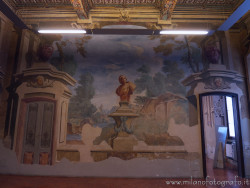
|
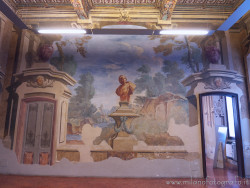
|
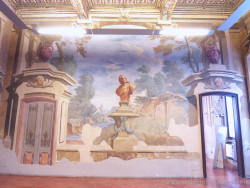
|
Picture -1 stop
|
Picture 0 stop
|
Picture +1 stop
|

|
Optimization ->
|
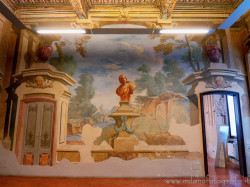
| |
Direct result without antiblue filter
|
|
Final result without antiblue filter
|
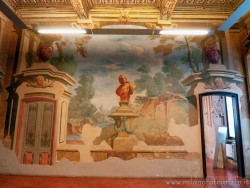
|
Optimization ->
|
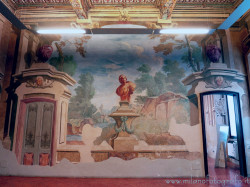
| |
Direct result with antiblue filter (0.6; 0.35; 0.35)
|
|
Finale result with antiblue filter (0.6; 0.35; 0.35)
|
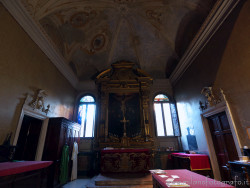
|
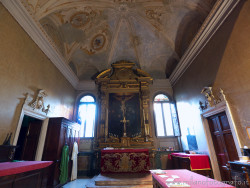
|
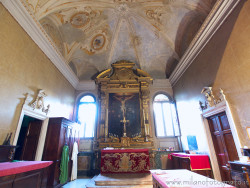
|
Picture -1 stop
|
Picture 0 stop
|
Picture +1 stop
|
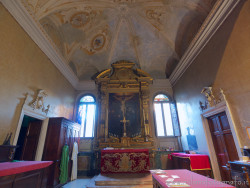
|
Optimization ->
|
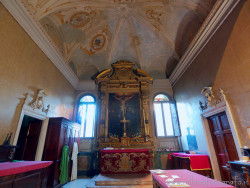
| |
Direct result without antiblue filter
|
|
Final result without antiblue filter
|
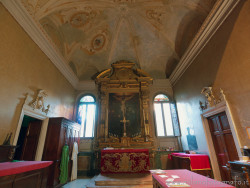
|
Optimization ->
|
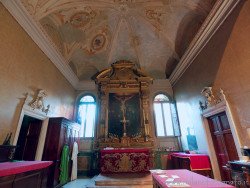
| |
Direct result with antiblue filter (0.6; 0.25; 0.35)
|
|
Finale result with antiblue filter (0.6; 0.25; 0.35)
|
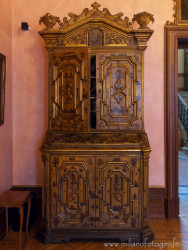
|
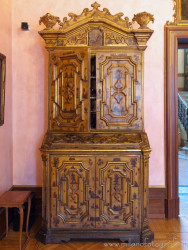
|

|
Picture -1 stop
|
Picture 0 stop
|
Picture +1 stop
|
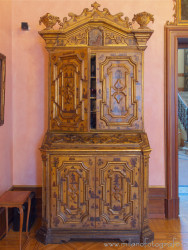
|
Optimization ->
|
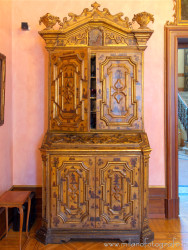
| |
Direct result without antiblue filter
|
|
Final result without antiblue filter
|
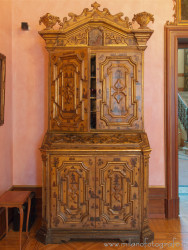
|
Optimization ->
|
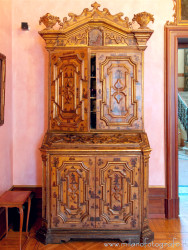
| |
Direct result with antiblue filter (0.6; 0.25; 0.3)
|
|
Finale result with antiblue filter (0.6; 0.25; 0.3)
|